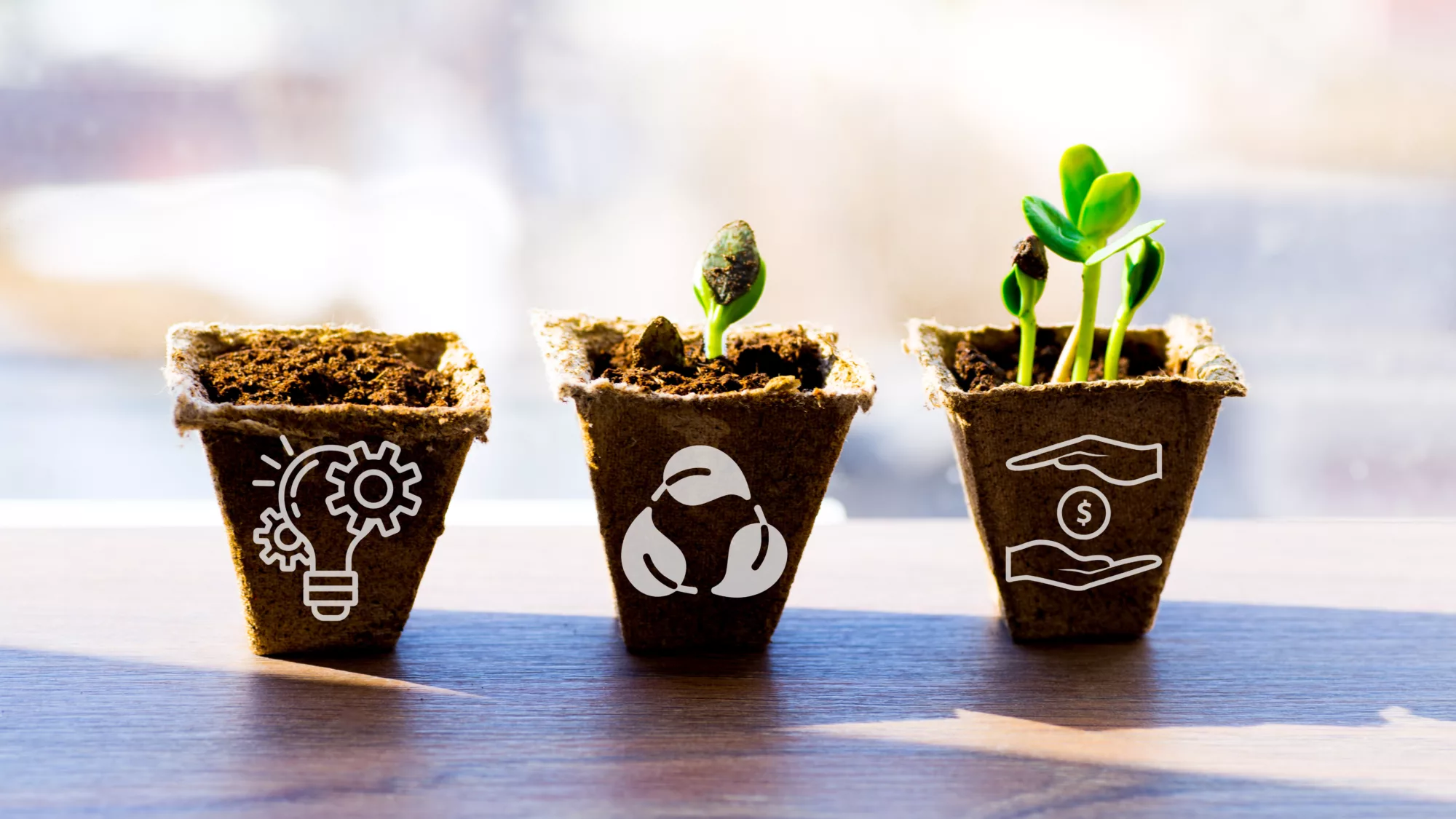Long before the rise of modern laboratories and advanced metallurgy, ancient civilizations were already masters of materials. Through observation, experimentation, and intuition, they developed techniques for shaping, firing, and hardening natural resources into tools, vessels, and artworks that have stood the test of time. Traditional pottery, metal tools, and stone implements represent some of humanity’s earliest explorations into material science — a field we now define with chemistry and physics but which our ancestors practiced through empirical wisdom. Every pot, blade, and ornament from ancient societies carries within it a story of chemical reactions, mechanical ingenuity, and cultural adaptation to the environment.
The Origins of Material Knowledge in Early Civilizations
The beginnings of material science can be traced to prehistoric artisans who learned how to transform earth, fire, and metal into durable objects. Early humans realized that clay changed texture when mixed with water and hardened under heat, giving rise to pottery — the world’s first synthetic material. Similarly, the discovery that certain rocks could be shaped into sharper tools or that metals could be melted and reformed marked critical steps in human technological evolution.
Cultures like the Indus Valley, Mesopotamia, Egypt, and China were pioneers in this practical science. Without written equations or chemical formulas, they used systematic experimentation — testing clay temperatures, metal alloys, and glazes — to develop effective production techniques. These innovations laid the foundation for modern ceramics, metallurgy, and engineering.
The Chemistry of Traditional Pottery
Pottery is one of the most ancient examples of chemical transformation. The process begins with clay, a natural mixture of minerals like kaolinite, quartz, and feldspar. When artisans shaped and fired clay, they were unknowingly conducting thermal chemistry.
During firing, the clay undergoes several reactions:
- At around 600°C, physically bound water evaporates, and clay particles begin to fuse.
- Between 900°C and 1100°C, chemical changes cause sintering, where particles bond to form a solid matrix.
- Above 1200°C, certain clays vitrify — forming a glassy surface that makes the pottery watertight and durable.
Ancient potters learned to control these reactions by observing color changes and sound during firing. Red pottery, for example, results from oxidation of iron compounds in the clay, while black pottery, found in the Indus Valley, was produced through reduction firing, where oxygen was restricted to alter the iron’s chemical state.
Table: Types of Traditional Pottery and Their Material Properties
| Culture | Type of Pottery | Key Material Process | Notable Properties |
|---|---|---|---|
| Indus Valley | Black-Red Ware | Reduction-oxidation firing of iron-rich clay | Dual color finish, high durability |
| Ancient China | Porcelain | Kaolin clay fired above 1200°C | Translucent, vitrified surface |
| Greek Civilization | Terracotta Vessels | Low-temperature firing (~900°C) | Porous but strong, decorative |
| Native American Tribes | Coiled Clay Pots | Hand-building and low-fire pit firing | Matte texture, earthy colors |
| Egyptian Pottery | Faience | Silica-based glaze fused on clay | Glossy blue-green appearance |
Each cultural innovation reflected a deep, if intuitive, understanding of chemical transformation through heat. Ancient artisans were early material scientists, manipulating oxidation, vitrification, and mineral composition long before chemistry was formalized.
The Metallurgy of Ancient Tools
Just as potters mastered clay, early metalworkers mastered fire and ore. Metallurgy — the science of extracting and alloying metals — began around 5000 BCE with the smelting of copper. The discovery that mixing tin with copper produced bronze revolutionized toolmaking, leading to the Bronze Age. This early experimentation with alloys demonstrated an understanding of material enhancement: combining metals to increase hardness, durability, and corrosion resistance.
By the Iron Age, blacksmiths had learned to control carbon content in iron through heating and quenching, producing steels of varying strength. Though they lacked the atomic theory to explain their results, these early craftsmen practiced methods we now know involve phase transformations and carbon diffusion at the microstructural level.
Traditional Toolmaking: Mechanics and Material Insight
Traditional tools — from obsidian knives to bronze chisels — were products of detailed observation of material properties. Stone tools exploited the crystalline structure of flint and obsidian, which fracture in predictable, razor-sharp patterns known as conchoidal fractures. Bronze, being more malleable and ductile than stone, enabled artisans to create thinner, more precise blades.
Wooden handles and bindings added another layer of material engineering. Craftsmen understood how different woods absorbed vibration, resisted splitting, or expanded with humidity. The balance between flexibility and strength was essential — a concept still central to modern materials engineering.
Natural Glazes and Pigments: Ancient Chemistry in Color
Beyond functionality, ancient artisans used chemistry to enhance beauty. Glazes and pigments were developed through trial and error using minerals and plant extracts. Copper oxide produced green or turquoise finishes, while iron oxides gave reds and browns. In China, cobalt compounds were used to create the famous blue-and-white porcelain, while Egyptians made brilliant faience jewelry using silica and soda to create a glass-like coating.
These artists, unknowingly experimenting with oxidation-reduction reactions and flux chemistry, achieved stunning aesthetic results that remain unmatched in brilliance and stability. Many of their colorants are still used in modern ceramic chemistry today.
Environmental Adaptation and Material Availability
Material choices were deeply influenced by geography. Civilizations used what their environment provided — a reflection of early resource engineering. In desert regions, like Egypt and Mesopotamia, clay and sand were abundant, encouraging ceramic innovation. In forested areas, like ancient Japan or northern Europe, wood was used for tools, molds, and firing kilns.
This adaptation demonstrates how early societies balanced functionality with sustainability. They developed renewable methods of resource use — recycling metal scraps, reusing pottery shards, and using plant ashes as glazes — centuries before modern recycling principles were conceived.
Traditional Knowledge Meets Modern Material Science
Modern scientists studying ancient artifacts often find parallels between traditional practices and advanced material concepts. For instance, the nanostructures found in ancient Damascus steel swords show that blacksmiths unknowingly created carbon nanotube-like formations, resulting in unmatched sharpness and strength. Similarly, ancient Roman concrete exhibits self-healing properties, a phenomenon now being replicated by engineers using modern chemistry.
These discoveries highlight how ancient knowledge, grounded in observation and empirical testing, aligns closely with principles of thermodynamics, crystallography, and materials engineering that define contemporary science.
The Legacy of Ancient Material Science in Today’s Technology
Many of today’s technologies are direct descendants of ancient practices. Ceramic engineering, metallurgy, and composite materials all owe their origins to traditional craftsmanship. The understanding of firing temperatures in pottery paved the way for high-temperature ceramics used in aerospace and electronics. The alloying of metals led to the development of superalloys in jet engines. Even nanotechnology finds inspiration in the microstructures of ancient tools and glazes.
By studying traditional techniques, scientists not only preserve cultural heritage but also uncover sustainable material innovations — such as low-energy firing methods, natural pigments, and biodegradable compounds.
FAQs
1. How does traditional pottery demonstrate early material science?
Traditional pottery shows an understanding of heat-induced chemical transformations like sintering and vitrification, where minerals fuse under controlled temperatures to create durable, water-resistant ceramics.
2. Were ancient metalworkers aware of alloy chemistry?
Not in the modern theoretical sense, but through practical experimentation, they discovered that combining metals like copper and tin improved strength and workability — foundational principles of alloy science.
3. What modern technologies were inspired by ancient material practices?
Contemporary ceramics, concrete, metallurgy, and even nanomaterials draw inspiration from ancient techniques. The microscopic structures of ancient steel and pottery have guided innovations in durable, sustainable materials.



